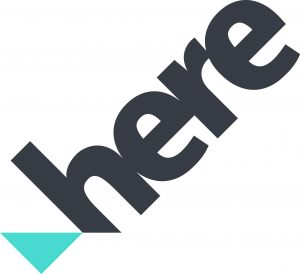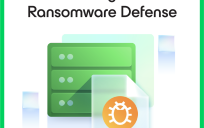Numerous factors like education, gender, race, economic status and location play a part in determining health status. Unfortunately, the worst health issues and epidemics are often faced by the same populations due to a lack of access to health care and preventative services.
In order for agencies to improve health outcomes in vulnerable populations, they have to consider the placement of treatment options. Effective placement of treatment centers can make the difference between a series of disparate tactics and leading with a solid strategy.
In a recent GovLoop online training, panelists demonstrated how geographic information systems (GIS) can amplify an agency’s strategy for handling and preventing health emergencies with limited resources. Panelists included:
- Chris Thomas, Director of Government Markets, Esri
- Jared Shoultz, Health GIS Patterns Specialist, Esri
- Gaurav Kumar, Global Account Head, HERE Technologies
A Growing Interest in Healthy Communities
While GIS can address issues regarding infrastructure and city planning, Thomas said that Esri ArcGIS, a platform used to create, manage and analyze special data, also allows agencies to answer bigger questions such as: “How do we make the world a better place through health equity?”
While Esri’s provided health solutions for over 20 years, the organization recognized that they needed to shift their thinking in order to assist agencies. “At Esri, we decided to stop looking at our individual tactics and start looking at things from a holistic standpoint,” Thomas said. “We are now asking: how do we take health equity and treat it like any other crises such as a fire or hurricane response?”
Thomas explained that more agencies are showing an increased interest in social issues and improving outcomes, but policymakers need to have a more comprehensive outlook on the issues at hand. “There’s always a sense that there isn’t an overall understanding of how bad the situation really is,” he said. But once agencies are aware of the scale of the problem, Esri’s ArcGIS can help them find solutions by bringing a wealth of data and information into one dashboard. “With GIS tools, you can see how the community is reacting to interventions in real time,” Thomas said. “From there you can do analysis and respond and change course in a timely manner.”
Building a Smart Community: Combatting the Opioid Epidemic with GIS
Esri’s ArcGIS can be employed to increase access to care for homeless populations that are affected by the opioid epidemic. In a demo, Shoultz ran an accessibility analysis in ArcGIS to locate overdose locations in relation to treatment resource locations.
A common barrier to strategic solutions is a lack of usable and organized data. Esri partner, HERE Technologies, collects data from over 80,000 sources to provide organizations with the information they need to find solutions. “Our primary business is making underlying maps and points of interest,” Kumar said. “And we’re offering data that works in integration with Esri systems.”
Once an agency runs this data, they can use ArcGIS to calculate travel times between overdose locations and treatment locations to determine how distance might impact accessibility. With increased information about access as well as an analysis on common overdose locations, ArcGIS can shed light on serious barriers to healthcare access.
“After analysis uncovers an access issue, the organization needs to take the next step to solve the underlying problems,” Shoultz said. Most teams have multiple people working on these issues and ArcGIS fosters collaboration by allowing individuals to share the data as a web layer with the rest of the organization.
“We’re seeing GIS use expand beyond analysts and epidemiologists to executives and health educators. It’s become a full platform with its capabilities,” Thomas said. “You can plug into excel and PowerPoint and share immediately. The options are endless.” With seamless sharing processes, organizations can enable every member of the team to develop a targeted and collaborative intervention strategy that addresses the most critical health problems.
The Future of ArcGIS
There are aspects of health inequity in every community, and some of these issues could be addressed with the use of spatial exploration and analysis. “These issues are impacting all different aspects of the community and not just one targeted demographic,” Shoultz explained.
Fortunately, ArcGIS is on the rise with agencies and health organization. “The use of GIS is becoming more predominant because there are a lot of different data sets organizations need to use and integrate in order to analyze these underlying problems,” Shoultz said. “More people are starting to realize how ArcGIS can open up more possibilities. It allows you to bridge knowledge gaps and explore data patterns and trends.”
Hopefully, the increased use of GIS will improve access to care and treatment for populations that are at high risk for health complications. “At the root level, health equity is being able to provide access to the resources people need at all levels of the community to make better decisions” Shoultz concluded. “Your zip code shouldn’t determine your health outcome. We should all have access to the things that we need to lead a healthy life.”







Leave a Reply
You must be logged in to post a comment.